In today’s fast-paced world, where smartphones, laptops, and electric vehicles have become indispensable parts of our lives, the need for efficient and rapid charging has grown significantly. Fast charging technologies have made remarkable strides, revolutionizing the way we power our devices. This article delves into the latest advancements in fast charging technologies, shedding light on the innovations that are shaping the future of battery charging.
Introduction
In an era where time is of the essence, waiting hours for a device to charge has become a thing of the past. Fast charging technologies have emerged as a solution to this issue, providing users with quick and efficient ways to power up their devices.
Understanding Fast Charging
Fast charging refers to the process of rapidly charging a battery by delivering a higher current or voltage than conventional charging methods. This technology minimizes the time required for devices to regain power, enhancing user convenience and productivity.
Evolution of Fast Charging Technologies
The journey of fast charging technologies started with basic voltage adjustments, but it has since evolved into a sophisticated science. From Qualcomm’s Quick Charge to USB Power Delivery (USB PD), each advancement has brought us closer to the goal of instant, hassle-free charging.
Key Components of Fast Charging
Fast charging involves intricate mechanisms that work in harmony to optimize the charging process. These include advanced charging cables, intelligent charging controllers, and thermal management systems that prevent overheating during rapid charging sessions.
Types of Fast Charging Protocols
Various companies have introduced their own fast charging protocols, each with unique features and benefits. Popular protocols include Power Delivery, SuperVOOC, and Adaptive Fast Charging, each catering to specific device requirements.
Advantages of Fast Charging
The benefits of fast charging extend beyond mere convenience. By minimizing downtime, fast charging increases device uptime, productivity, and overall user satisfaction. Moreover, it has the potential to reduce the need for carrying backup batteries, contributing to environmental sustainability.
Challenges and Limitations
Despite its numerous advantages, fast charging is not without its challenges. The increased heat generated during rapid charging can affect battery life and long-term performance. Ensuring compatibility across various devices and manufacturers also poses a significant challenge.
Latest Innovations in Fast Charging
The realm of fast charging is witnessing constant innovation. From gallium nitride (GaN) chargers that offer higher efficiency in a smaller form factor to advancements in graphene battery technology, researchers and engineers are pushing the boundaries of what’s possible.
Gauging the Future of Fast Charging
As technology continues to advance, it’s likely that we’ll see even faster charging times with enhanced safety mechanisms. The integration of artificial intelligence for optimized charging and the utilization of renewable energy sources are some of the exciting possibilities on the horizon.
Impact on Electric Vehicles
Fast charging is a game-changer for the electric vehicle (EV) industry. It addresses the “range anxiety” challenge by providing EVs with the ability to charge up quickly, making long road trips more feasible and practical.
Fast Charging and Sustainability
While fast charging offers numerous benefits, it’s important to consider its environmental impact. Rapid charging requires a substantial amount of power, which could strain existing energy grids. Striking a balance between convenience and sustainability is essential.
Comparing Wireless and Wired Fast Charging
Wireless fast charging is gaining traction as well, eliminating the need for physical connections. However, wired fast charging still holds an edge in terms of efficiency and charging speeds, raising interesting debates about the future of charging methods.
Overcoming Battery Degradation
One of the primary concerns with fast charging is its potential to accelerate battery degradation. Researchers are actively working on developing battery chemistries and charging algorithms that mitigate this issue, ensuring longer-lasting batteries.
Safety Considerations
Safety is paramount when it comes to fast charging technologies. Manufacturers are implementing fail-safes, temperature regulation, and voltage control systems to prevent accidents and protect both users and devices.
Conclusion
Fast charging technologies have revolutionized the way we power our devices. With continuous innovation, these technologies are on a trajectory towards even faster charging, increased safety, and improved sustainability. As we embrace these advancements, it’s crucial to strike a balance between our need for speed and the long-term health of our devices and the environment.
FAQs
- Can any device use fast charging? Fast charging compatibility varies among devices. Make sure to check your device’s specifications for compatibility information.
- Does fast charging affect battery lifespan? While fast charging can potentially impact battery lifespan, advancements in technology are addressing this concern.
- Are wireless chargers as fast as wired ones? Wireless charging speeds are improving, but wired chargers still generally offer faster and more efficient charging.
- Is it safe to use third-party fast chargers? To ensure safety and compatibility, it’s recommended to use chargers recommended or approved by your device’s manufacturer.
- How will fast charging impact energy consumption? Fast charging can increase energy consumption, prompting the need for advancements in renewable energy sources and energy management.

